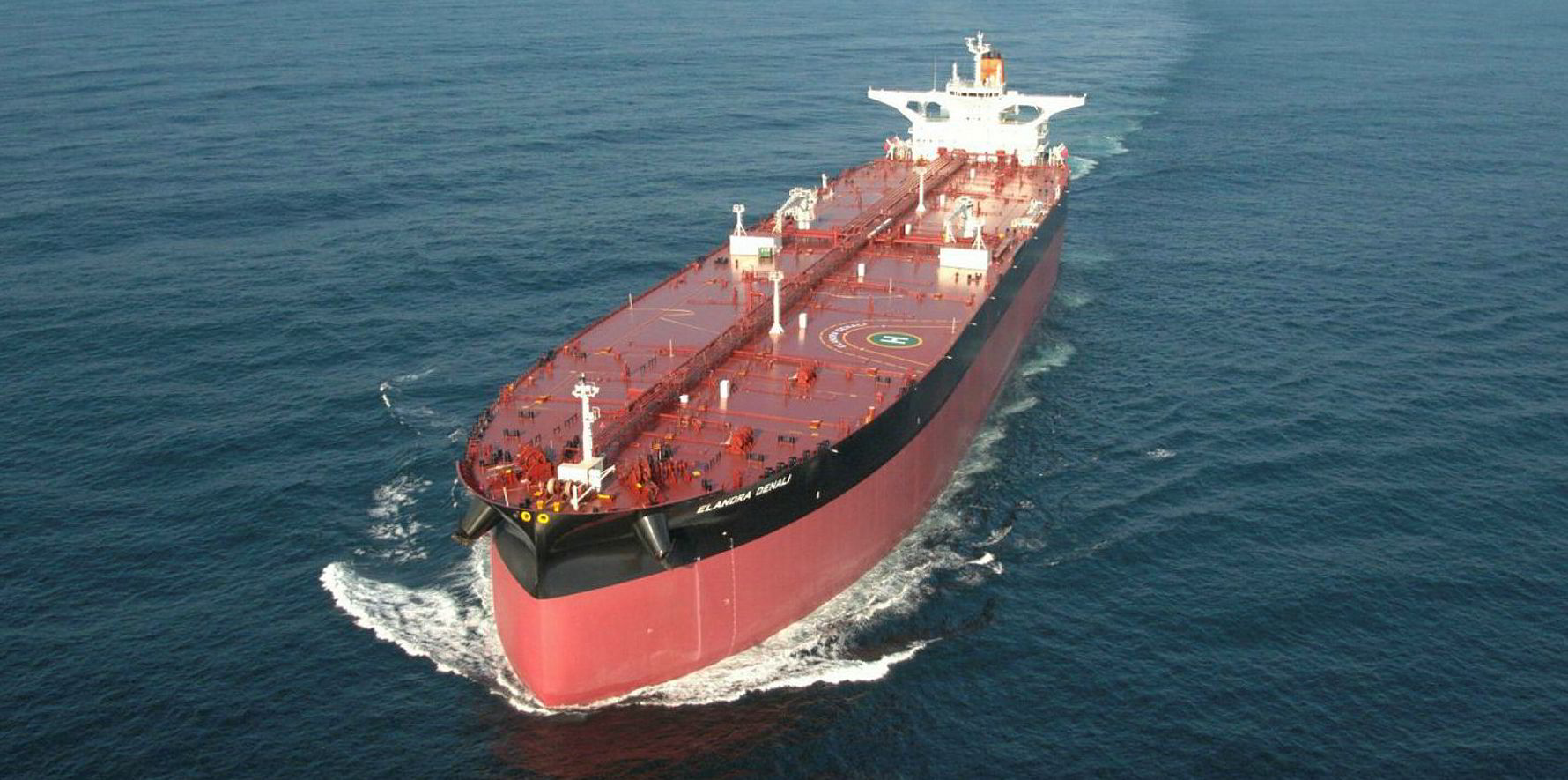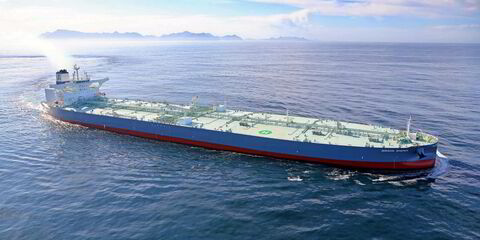Greek manager Signal Group has calculated that 440 VLCCs would be needed for oil storage in the worst-case scenario for crude demand during the coronavirus crisis.
Analysts Ioannis Psarros, Kostis Chatzimichalis and Semiramis Assimakopoulou have been crunching the numbers ahead of the crucial Opec+ meeting on Thursday, which could see output cut.
They have produced data for three scenarios where crude production outstrips demand by 10%, 15% and 20%.
These they call low, mid and "Black Swan" cases.
Industry players have warned of big hits to oil demand during the pandemic due to travel restrictions and other measures.
Signal said in the low case scenario, an extra 57 VLCCs would be needed for storage, rising to 249 ships and 440 vessels in the more serious cases.
The scenarios envisage storage of 115m barrels, 497m barrels and 880m barrels, respectively.
The VLCC fleet stands at around 810 ships.
Ioannis Martinos-run Signal, a Thenamaris spin-off, has an AI-driven management model. The information on its platform is pulled from a variety of sources including fixture and tonnage lists and AIS vessel tracking data.
Onshore storage filling up?
"Many estimate that global onshore storage may max out within the next few weeks which could drive additional demand to use tankers as floating storage," Signal said.
"In anticipation of oil production cuts that may soon be announced through an Opec+ meeting, we analysed three scenarios to quantify the potential impact of crude oil oversupply on global VLCC supply."
The analysts added: "At Signal, we are obsessed with counting vessels and understanding short-term vessel commercial availability. We’ve been especially interested in monitoring the VLCC segment since it has been driving the freight market lately."
The calculations assume daily crude production of 85m barrels per day (bpd) and a three-month recovery time to get back to normal supply/demand levels.
Other factors that will influence the figures include the extent of the reduction in demand from refineries and the timing involved, Signal said.
'Low' case at present
The low case scenario is almost where we stand at the moment, it added.
"Monitoring cargoes and associated drops in vessel supply in real-time will become even more relevant in the current global context," the company said.
"Let’s see how the end of April and beginning of May will evolve during the next few days."
It added: "The big question is at what point freight rates become uneconomical and when the market would reach the 'tipping point' where freight for normal VLCC voyages, due to reduced vessel supply, will balance storage rates and smaller crude carriers for storage would be considered."






